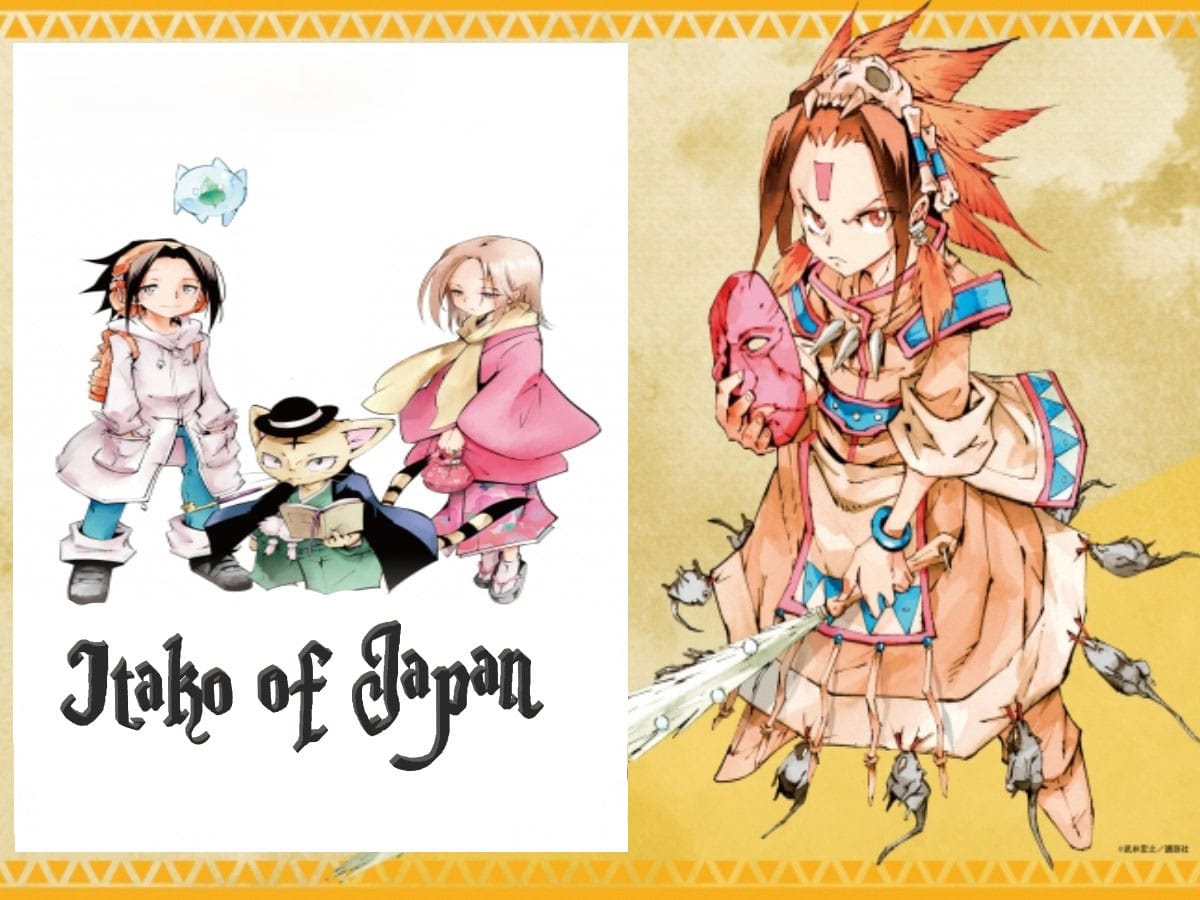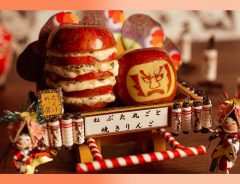
Source: © PR Times, Inc. | (montage using press release from Shaman King, text added)
Shamanism in Japan and Itako of Aomori- The Women who can Talk to Spirits
- Source:
- © PR Times, Inc. / © PR Times, Inc.
- Tags:
- Aomori Prefecture / Itako / Osorezan / Shaman / shamaness
Related Article
-

Japan Travel: Hirosaki Clan and Best times to visit Hirosaki Castle
-

An Auction 1st: ¥40,000 Yen for a Single Cherry!
-

Apples become mini festival floats in new menu highlighting Aomori’s prefectural specialties
-

Watch A Cat Bestow 9 Lives On Kittens With Adorable Shaman Dance
-

New Kit Kat taps locally reputed brand of apple pie sticks from apple-famous Aomori Prefecture
-

These stunning photos of fall foliage in Aomori will take your breath away


Those who are interested in the anime and manga culture part of Japan might already be familiar with the term “shaman” and “shamanism” from the popular series “Shaman King.”
However, for those who haven’t heard of this term, I will briefly explain its meaning before moving on with our main topic: the shamans’ practices in Japan and itako.
What is Shamanism?
Shamanism is a practice that involves a person, called a shaman who can contact spirits. Besides communicating with them and having interaction with the otherworld, they also have to escort the souls and have the power to heal.
Shamans are the practitioners of shamanism and believe it or not, this practice still exists nowadays and Osore-zan, the Mt. Osore, that also appeared in Shaman King, is an actual place in Aomori Prefecture.
Shamanism in Japan
This religious practice has been in Japan for a long time ago and it is also said to be a mix of the two main religions of Japan, Buddhism, and Shintoism.
In Japan, when you say shaman, you usually think of women rather than men, even though he-shamans also existed in a reduced number.
In Japanese folklore, shamans are people who deal with evil spirits and have all sorts of powers like healing and talking to the spirits of the dead.
The shrine priestesses, miko(巫女)/the child of God are considered to be a child shaman because they supposedly have the power to communicate with souls and are believed to be mediums/mediators.
The Miko, too, are divided into two categories:
Itako of Aomori- The blind women who can talk to the souls of the dead.
Also known as ichiko, ogamisama, or Sato-Miko (village shamans), the itako women are born blind and are trained since a young age to become mediators of the afterworld.
The itako training isn’t easy as you need to spend around 3 years communicating with the dead, memorizing sutras, being poured ice-cold water on their bodies so that at the end of the training, they can marry a patron spirit and become full-fledged itako.
The reason why itako are blind women is that since ancient times, the Japanese have been associating blindness with spirituality, therefore in past decades, people would send their blind daughters as apprentices to become itako.
Mt. Osore, the mountain I have mentioned above is a spiritual place that has been long associated with shamanism in Japan as the shaman women gather there annually for their rituals and also to summon the spirits during the festival.
There is a festival called “Itako Taisai” that takes place every summer and autumn when the mediums perform their rituals and deliver messages to the dead.
The itako women are in decline nowadays, but fortunately, their mystical and full of history rituals can still be observed at the Mt. Osore festival every year.